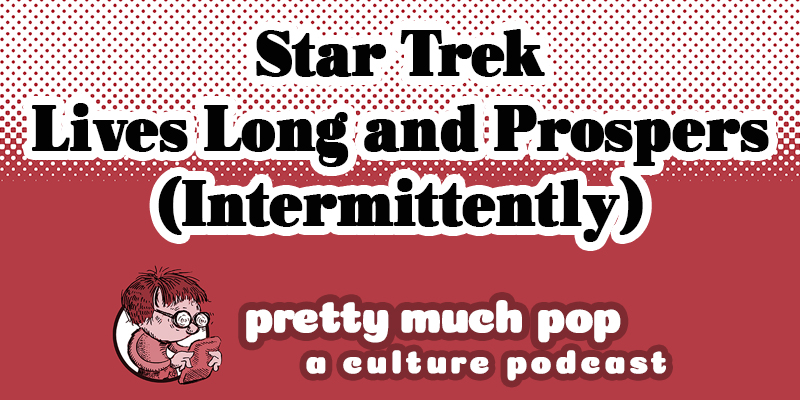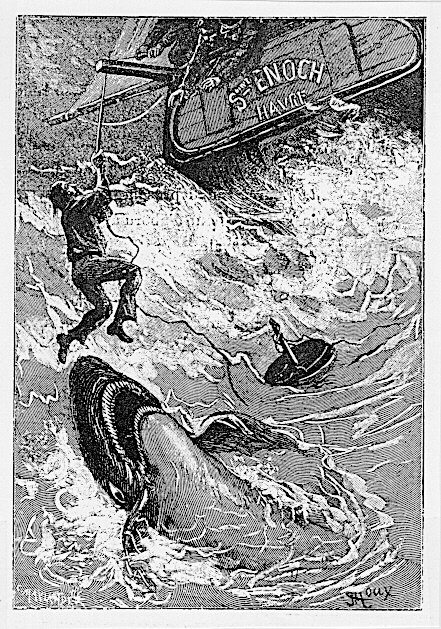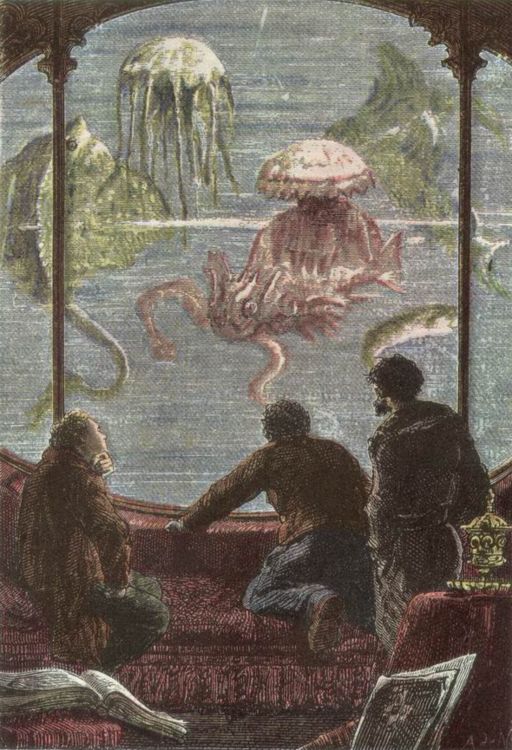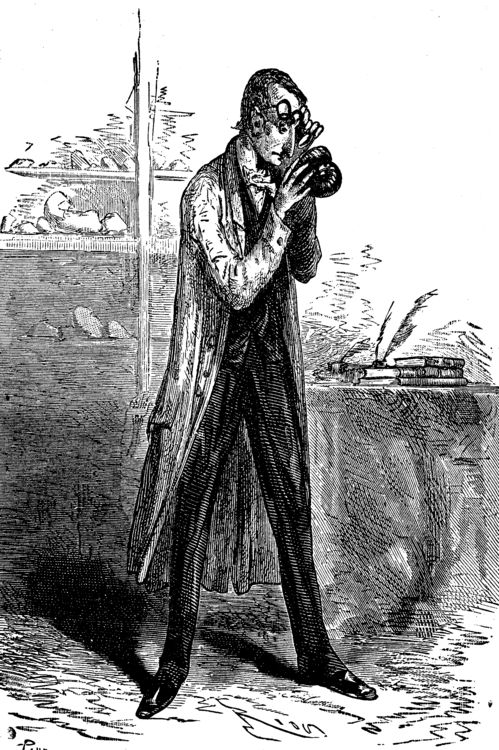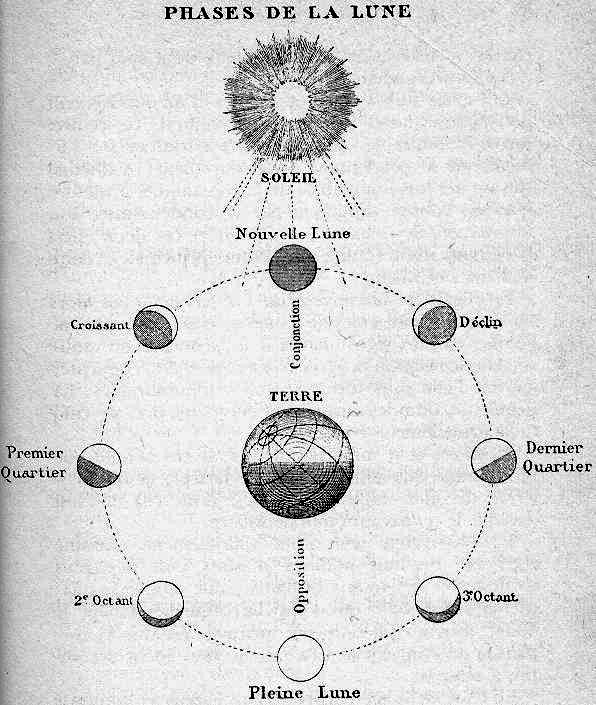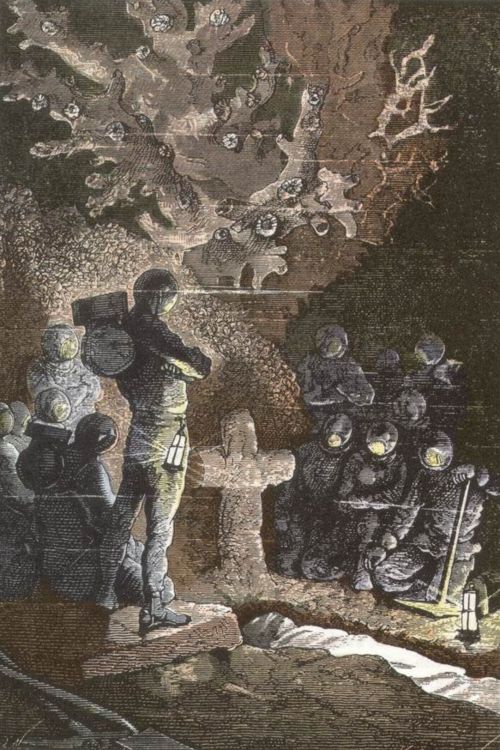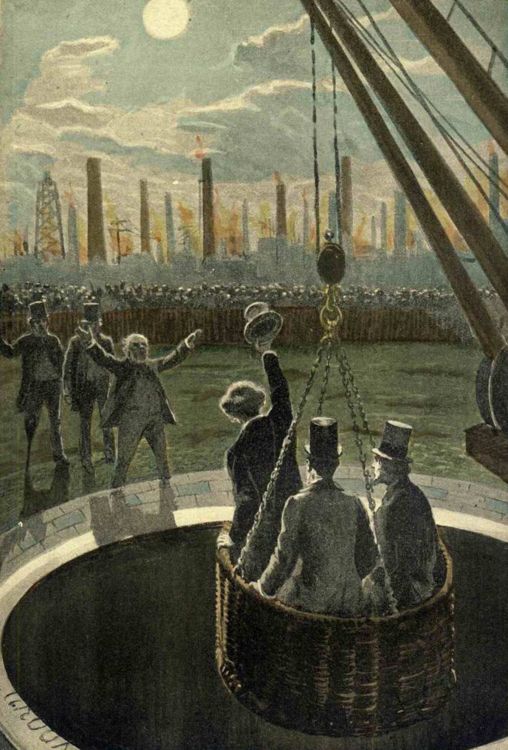Thirty years ago, the internet we use today would have looked like science fiction. Now as then, we spend a great deal of time staring at streams of video, but the high-tech 21st century has endowed us with the ability to customize those streams as never before. No longer do we have to settle for traditional television and the tyranny of “what’s on”; we can follow our curiosity wherever it leads through vast, ever-expanding realms of image, sound, and text. No less a science-fiction writer than Douglas Adams dreams of just such realms in Hyperland, a 1990 BBC “fantasy documentary” that opens to find him fast asleep amid the mindless sound and fury spouted unceasingly by his television set — so unceasingly, in fact, that it keeps on spouting even when Adams gets up and tosses it into a junkyard.
Amid the scrap heaps Adams meets a ghost of technology’s future: his “agent,” a digital figure played by Doctor Who star Tom Baker. “I have the honor to provide instant access to every piece of information stored digitally anywhere in the world,” says Baker’s Virgil to Adams’ Dante. “Any picture or film, any sound, any book, any statistic, any fact — any connection between anything you care to think of.”
Adams’ fans know how much the notion must have appealed to him, unexpected connections between disparate aspects of reality being a running theme in his fiction. It became especially prominent in the Dirk Gently’s Holistic Detective Agency Series, whose wide range of references includes Samuel Taylor Coleridge’s Kubla Khan — one of the many pieces of information Adams has his agent pull up in Hyperland.
Adams’ journey along this proto-Information Superhighway also includes stops at Beethoven’s 9th Symphony, Picasso’s Guernica, and Kurt Vonnegut’s theory of the shape of all stories. Such a pathway will feel familiar to anyone who regularly goes down “rabbit holes” on the internet today, a pursuit — or perhaps compulsion — enabled by hypertext. Already that term sounds old fashioned, but at the dawn of the 1990s actively following “links” from one piece of information, so common now as to require no introduction or explanation, struck many as a mind-bending novelty. Thus the program’s segments on the history of the relevant technologies, beginning with U.S. government scientist Vannevar Bush and the theoretical “Memex” system he came up with at the end of World War II — and first described in an Atlantic Monthly article you can, thanks to hypertext, easily read right now.
Though to an extent required to stand for the contemporary viewer, Adams was hardly a technological neophyte. An ardent early adopter, he purchased the very first Apple Macintosh computer ever sold in Europe. “I happen to know you’ve written interactive fiction yourself,” says Baker, referring to the adventure games Adams designed for Infocom, one of them based on his beloved Hitchhiker’s Guide to the Galaxy novels. Though Adams’ considerable tech savvy makes all this look amusingly prescient, he couldn’t have known just then how connected everyone and everything was about to become. “While Douglas was creating Hyperland,” says his official web site, “a student at CERN in Switzerland was working on a little hypertext project he called the World Wide Web.” And despite his early death, the man who dreamed of an electronic “guidebook” containing and connecting all the knowledge in the universe lived long enough to see that such a thing would one day become a reality.
Related Content:
Play The Hitchhiker’s Guide to the Galaxy Video Game Free Online, Designed by Douglas Adams in 1984
Pioneering Sci-Fi Author William Gibson Predicts in 1997 How the Internet Will Change Our World
Sci-Fi Author J.G. Ballard Predicts the Rise of Social Media (1977)
Arthur C. Clarke Predicts the Internet & PC in 1974
Based in Seoul, Colin Marshall writes and broadcasts on cities, language, and culture. His projects include the book The Stateless City: a Walk through 21st-Century Los Angeles and the video series The City in Cinema. Follow him on Twitter at @colinmarshall, on Facebook, or on Instagram.
